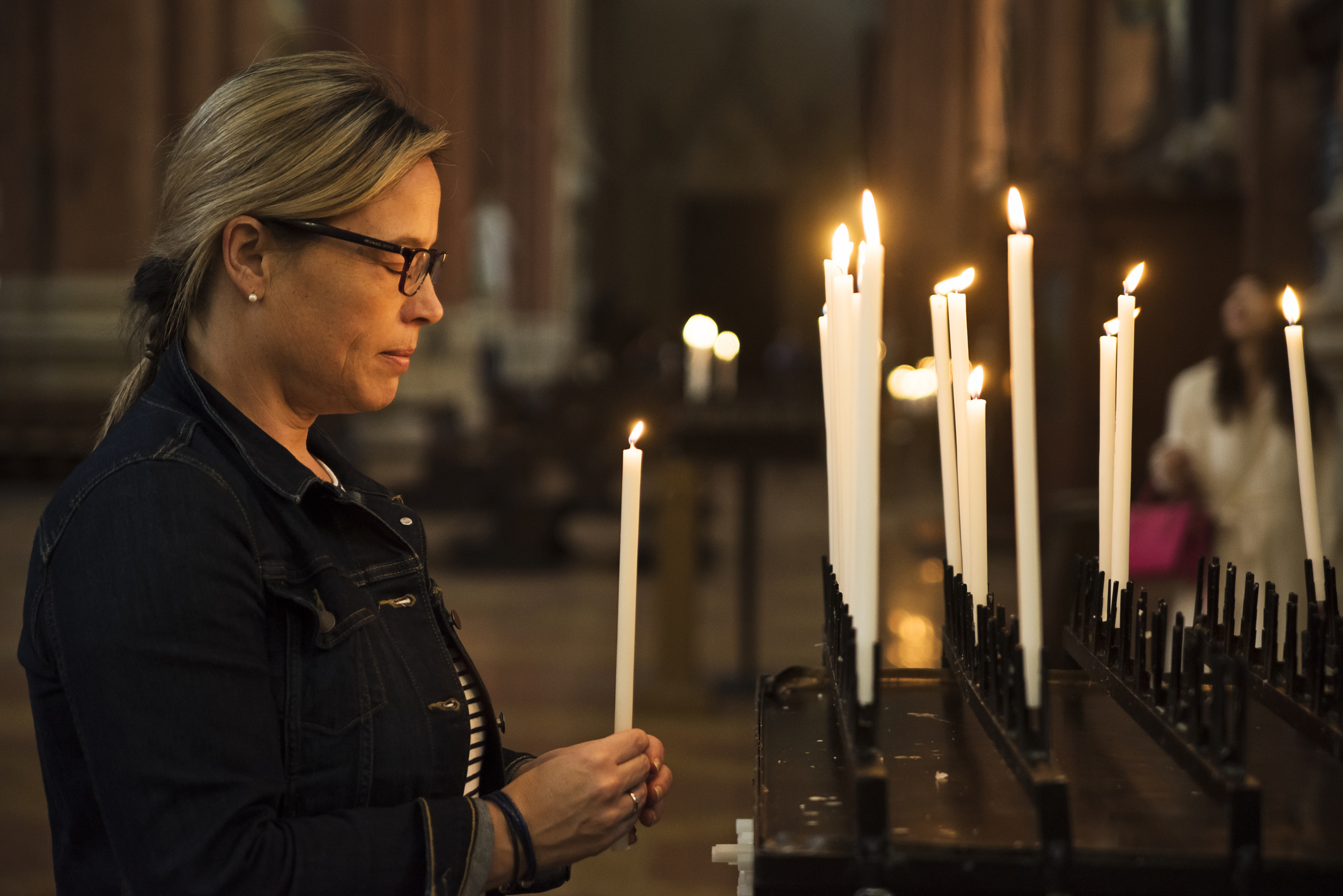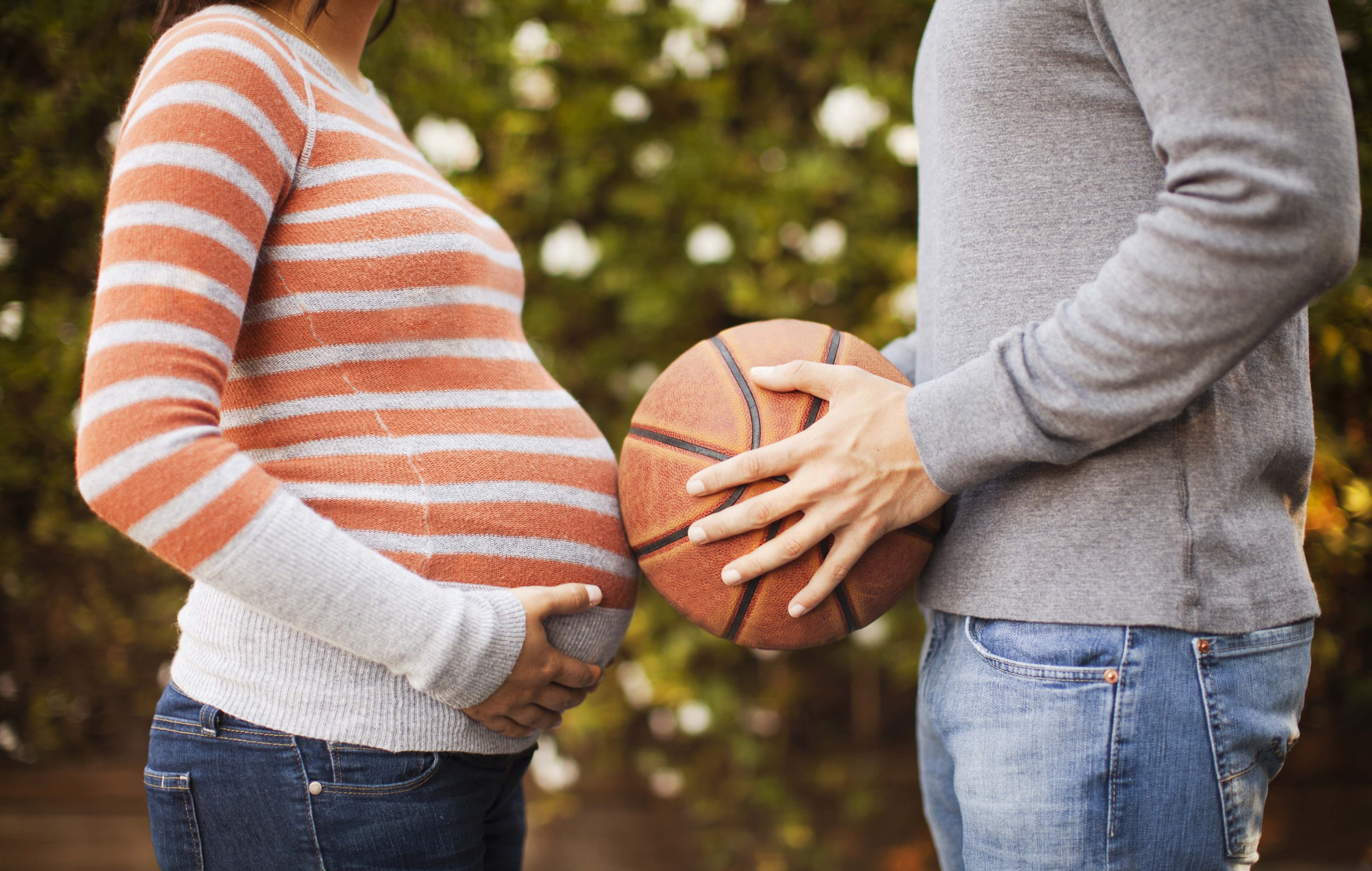
Business & Economics
Are you OK Australia?

Australians are rapidly dropping their religious affiliation. Even among those who are religious, the importance of their faith is relatively low, the HILDA Survey finds
Published 20 November 2020
Australians are increasingly dropping their religious affiliations, particularly younger Australians, according to the latest annual Household, Income and Labour Dynamics in Australia (HILDA) Survey of over 17,000 people.
It reveals a steep fall in the proportion of Australians reporting a Christian affiliation from almost 70 per cent in 2004 to just 51 per cent in 2018.
The drop in Christianity is largely driven by people dropping a religious affiliation altogether.

In 2004, some 25 per cent of Australians reported having no religious affiliation, but that has now risen to almost 40 per cent.
The proportion of Australians reporting a non-Christian religious affiliation has risen from 4.4 per cent to 7.6 per cent.
The steepest fall in Christian affiliation was in the 15-44 age group where the proportion fell from 60.9 per cent to just 38.9 per cent. Among those aged 45-64 the proportion fell from 74.8 per cent to 57.9 per cent, while among those aged 65 and over it fell from 86.7 per cent to 71.5 per cent.

Business & Economics
Are you OK Australia?
“It’s a significant social change, and one that appears likely to continue given the falling rates of religiosity among younger people,” says HILDA researcher Dr Ferdi Botha from the University of Melbourne.
The Census has showed similar falling rates of religious affiliation with 30 per cent of Australians reporting having no religion in 2016 compared with 19 per cent in 2006. The largest non-Christian religion in the Census was Islam at 2.6 per cent followed by Buddhism at 2.4 per cent.
However, the University of Melbourne-run HILDA Survey is a more detailed data set including measures of how importantly people feel about their religion, their attendance of services and what characteristics are associated with being religious or not.
A much greater proportion of people are dropping their religion compared to taking one up.
In the 14 years to 2018, some four per cent of women took up a religious affiliation but 11 per cent dropped their affiliation. Among men, just over five per cent took up an affiliation while almost 14 dropped their affiliation.

Not surprisingly, given the falling rates of religious affiliation, HILDA shows that Australians as a whole don’t attach a lot of importance to religion.
On a scale of importance out of 10, in 2018 Australian women on average rate religion at just 3.7 and men an even lower 3.
But even among those with a religious affiliation, the importance attached to it is relatively low with women who have a religious affiliation rating religion’s importance to them at just a 5.5 and men a 4.8 (both of which are marginally higher than 14 years ago – 5.4 for women and 4.5 for men).
“While we have more people becoming non-religious, we also have this group of people who are religious but are effectively non-practising and for whom their religion isn’t all that important,” says Dr Botha.

Business & Economics
Pandemic fallout exposes the young and vulnerable
The proportion of all Australians (religious and non-religious) who regularly attend religious services is also declining.
In 2004, almost 16 per cent of women reported attending a service at least once a week, but that has now fallen to 13 per cent, while among men the rate is down from 12 per cent to just 10 per cent.
Nearly 50 per cent of women and 56 per cent of men never attend a religious service.
By cross matching data on religious affiliation with respondents’ other characteristics, HILDA can be used to examine the general characteristics of religious and non-religious people. However, Dr Botha cautions that the analysis only highlights associations or correlations between religion and other characteristics, it can’t identify cause and effect.
People in de facto relationships were among the most likely to have no religious affiliation. Compared to married couples they were 19 percentage points more likely to have no religious affiliation.

Having a degree is also associated with being less religious with those having a bachelor’s degree being more likely to have no religious affiliation compared with someone who didn’t complete Year 12 – four percentage points for women and six percentage points for men.
Women who are widowed are more likely to have a religious affiliation, which Dr Botha says likely reflects that older people are more likely to be both widowed and more religious.
Men who are separated are less likely to have a religious affiliation.

Business & Economics
Separated parents getting better at shared care?
HILDA found little association between religion and income, however among men, each increase of $A100,000 in annual earnings a year reduced their likelihood of having a religious affiliation by 0.2 percentage points.
There was no association between religious affiliation and employment status.
Men living with a disability were less likely to have a religious affiliation while there was no association among women.
Immigrants from a country outside the main English-speaking countries were more likely to have an affiliation, while there was a small association between having children and having a religious affiliation.
In terms of changes in health circumstances, all changes surveyed – both positive and negative – were associated with reduced importance of religion.

HILDA also allows researchers to look at whether there are associations between major life events and people taking up or dropping their religious affiliation.
Major life events included events like serious injury, bereavement, having a baby, retiring or being the victim of violence. In all cases people were more likely to cease their religion than take up religion.
Pregnancy or giving birth was the major event most strongly associated with people dropping their religious affiliation, but Dr Botha suggests this likely reflects the generally younger age of women who are pregnant or give birth.
The weakest association to dropping a religious affiliation was among those who had been the victim of violence.
And interestingly, being the victim of violence was the only major event clearly correlated with higher scores of importance placed on religion, increasing scores on the 10-point scale of importance by an average 0.2.
Dr Botha says one possible explanation is research suggesting links between the experience of trauma and changes in religiosity, including both the potential for trauma to “shatter” faith in religion but also for trauma to increase religiosity as a coping mechanism.
Overall, the extent of the fall in religious affiliation in Australia is “striking” says Dr Botha, and requires further research on whether the change may be having any impact on society.
“It raises questions around what effects it may be having, if any, on people’s individual behaviour but also at a wider level the potential effects on societies and economies.”
Banner: iStock